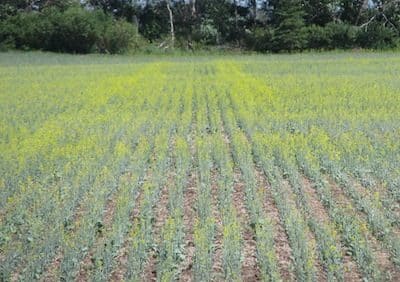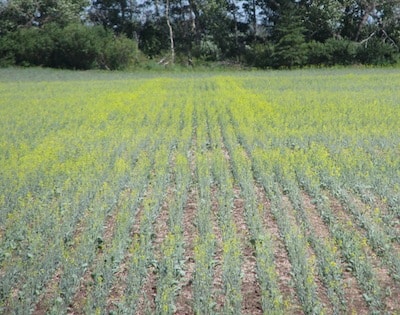When strange patterns of damage in canola fields line up perfectly with the sprayer boom width or follow typical drift patterns, phone calls and finger pointing begin.
Explanations can be simple: The wrong product was added to the tank, or the right product was applied but on the wrong field.
But situations are often much more complicated — and made even more so by the wide variety of products that go through sprayer tanks. Mixing order becomes a potential problem, with unforeseen consequences if new never-used-before mixes are tried or if the proper mixing order is messed up or if products are not given time to come into suspension before the next product goes in.
Low water volumes can add to the risk. So can water quality, and weather conditions during spraying, and crop staging. So can tank, boom and nozzle cleanout from the previous job. It can also be a combination of many factors, which make disentangling the root cause or causes even more difficult.
The key is to consider all possible variables when working through a spray damage assessment. If you see damage you’ve never experienced before, did you add a new product to the mix this year? Did you follow mixing instructions? Did you use correct water volumes? Did you use a new water source? Were field stage and weather conditions right for all products in the mix?
Disputes sometimes arise between the canola grower and custom operators. Canola Council of Canada agronomy specialists are available to assist with crop agronomy issues, but aren’t expected to help settle disputes. If it comes to that, growers and custom operators may want to hire consulting agrologists (sometimes called forensic agrologists) to assess the situation for them. Your provincial institute of agrologists may have a list for you. Saskatchewan Institute of Agrologists has just updated its list, which you can find near the bottom of this page.
Further reading:
Herbicide residue & drift injury booklet
Cleaning out the sprayer tank — tips
General rules for mixing pesticides


